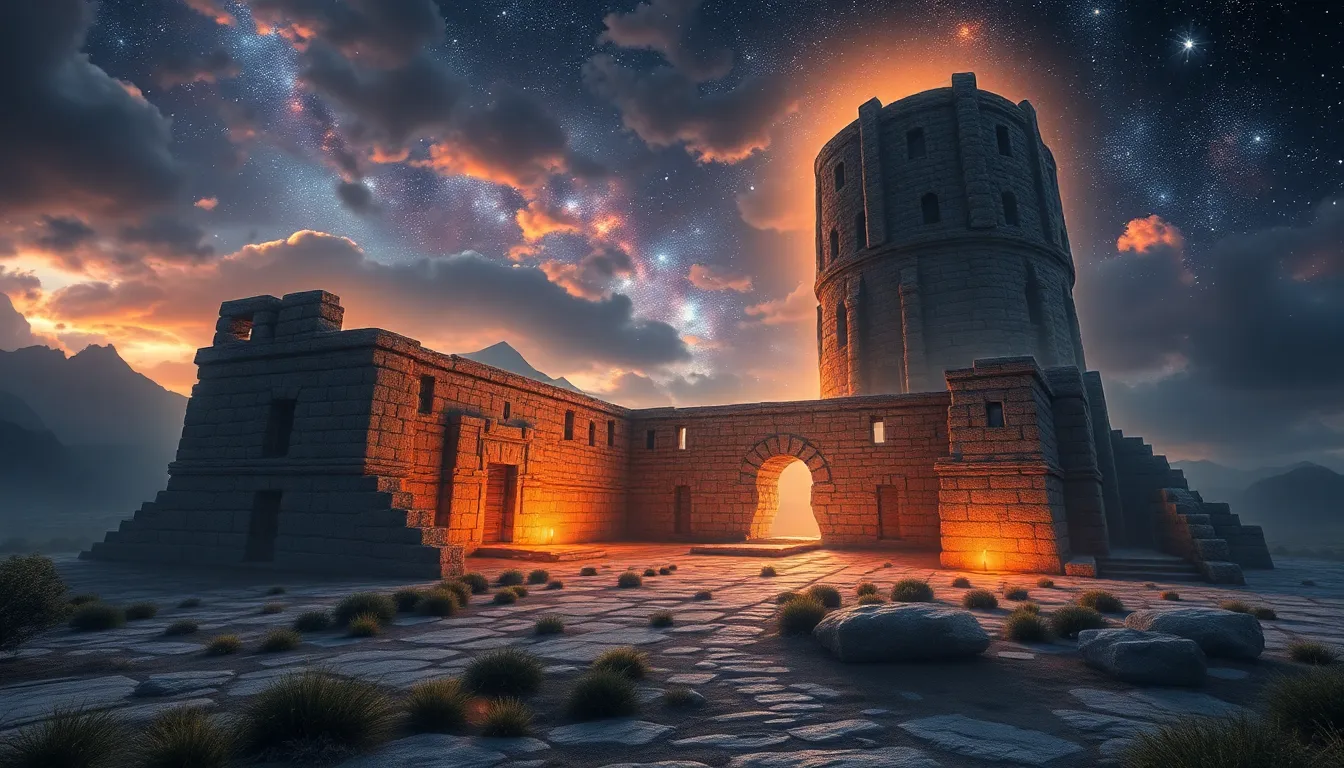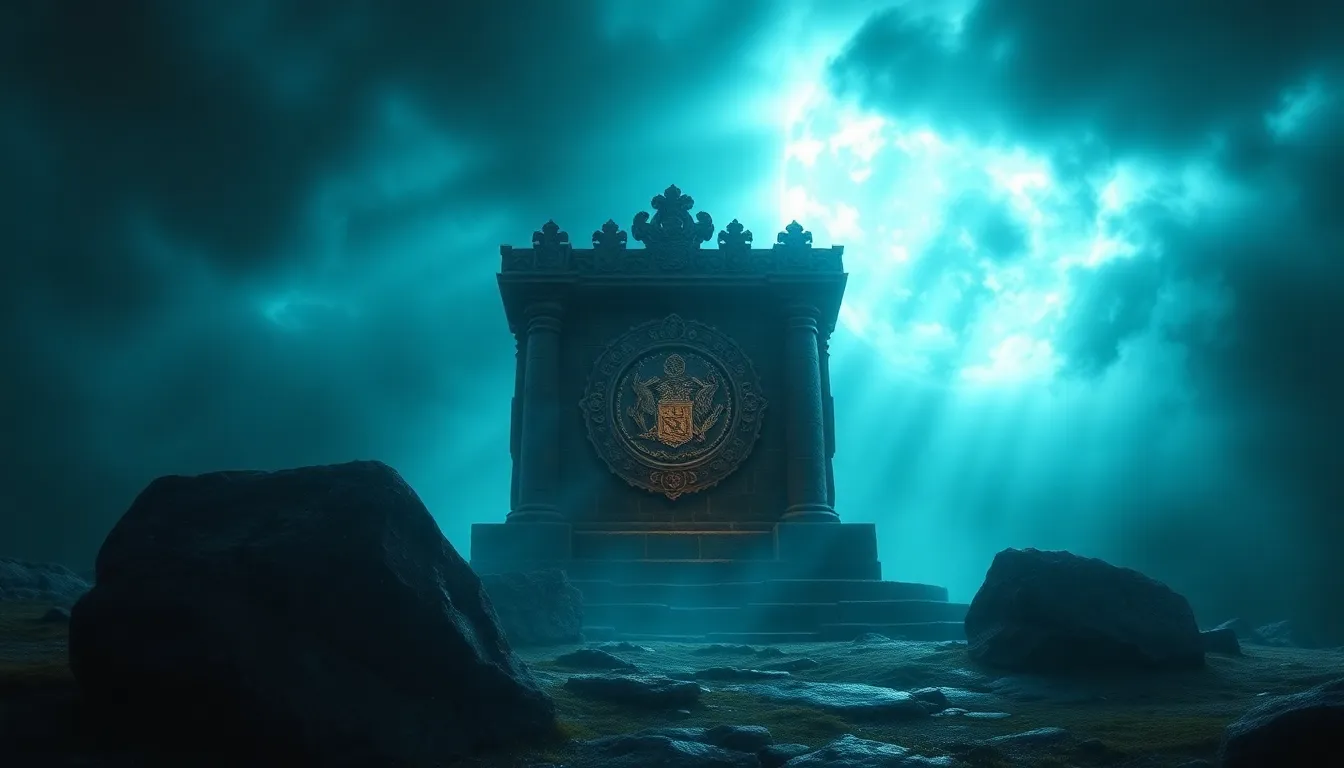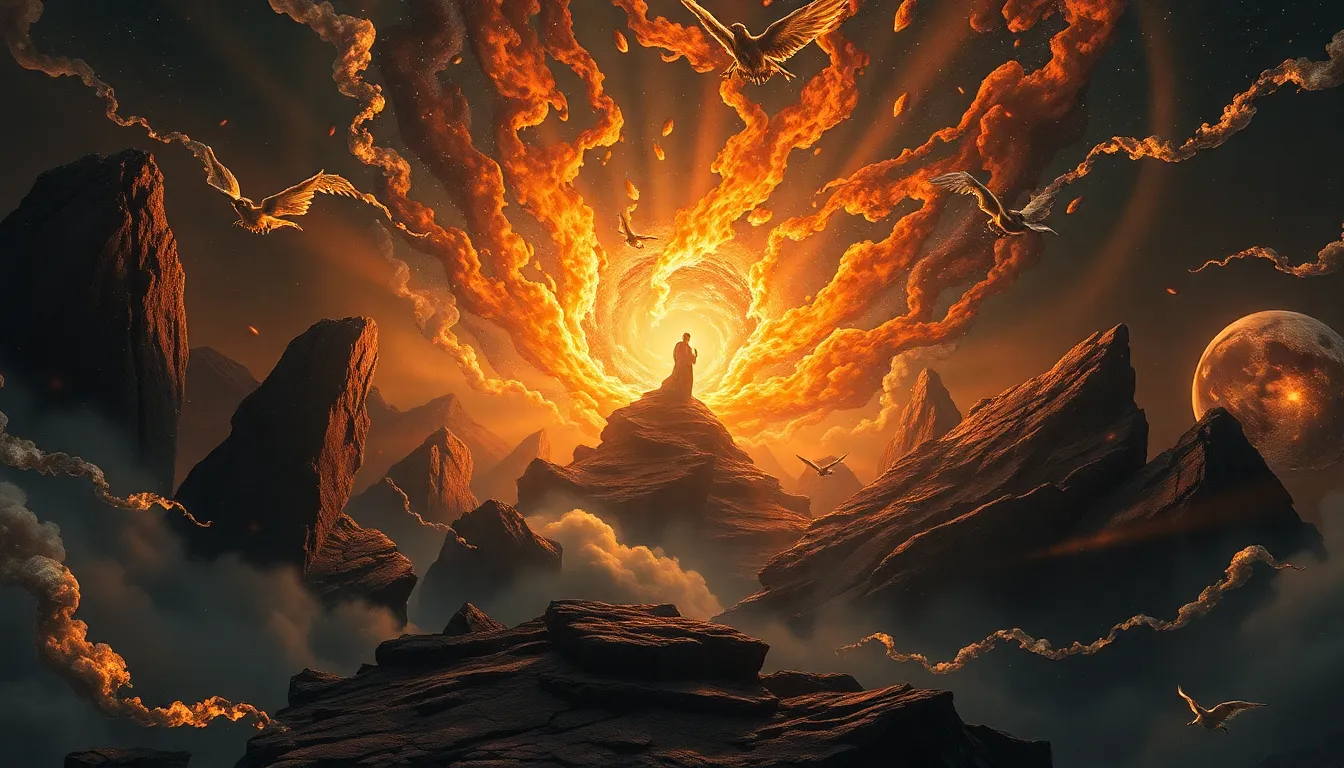The Sacred Sites of Creation: Where Myths Begin
Introduction to Sacred Sites and Myths
Sacred sites are locations that hold spiritual significance for individuals or communities, often serving as focal points for religious practices and beliefs. These sites, which can include anything from temples and shrines to natural landmarks, embody the essence of the myths that cultures create to explain their origins and existence. Myths play a crucial role in shaping cultural narratives, providing frameworks through which people understand their world, their history, and their relationship with the divine.
The relationship between sacred sites and myths is profound. Many myths are rooted in specific geographical locations, with the landscapes influencing the narratives developed around them. Sacred geography becomes a significant aspect of understanding how creation myths arise and evolve, reflecting the interplay between humanity and the natural world.
The Role of Sacred Geography in Creation Myths
Sacred geography refers to the study of how specific places are perceived as holy or significant within various cultures. These locations often serve as the backdrop for creation myths, shaping the stories told by different societies. The landscapes themselves—mountains, rivers, and forests—become integral to the narrative, often symbolizing divine intervention or the birthplace of life.
For example, the towering mountains may represent the home of gods, while rivers often signify the flow of life and creation. Some notable examples include:
- The Himalayas: In Hindu and Buddhist traditions, these mountains are seen as sacred, often linked to the divine.
- The Amazon Rainforest: Many indigenous myths stem from this rich ecosystem, representing the heart of creation.
- The Nile River: This river is central to Egyptian creation myths, symbolizing rebirth and fertility.
Case Study: The Garden of Eden in Judeo-Christian Tradition
The Garden of Eden is perhaps one of the most well-known sacred sites in Judeo-Christian tradition. Described in the Book of Genesis, it is depicted as a paradise where the first humans, Adam and Eve, lived in harmony with God and nature. This sacred site symbolizes innocence, creation, and the divine relationship between humanity and the Creator.
The themes of creation in this myth are rich with symbolism. The garden represents not only the place of human origins but also the ideal state of existence before the fall—a state of purity and unbroken communion with the divine.
From a historical and archaeological perspective, many scholars have attempted to locate the Garden of Eden, with some suggesting regions in modern-day Iraq or near the confluence of the Tigris and Euphrates rivers. This quest highlights the enduring significance of the site in cultural and religious contexts.
The Mythical Mountains: Mount Olympus and Mount Meru
Mount Olympus, in Greek mythology, is considered the abode of the gods, a sacred mountain that played a pivotal role in numerous myths. It symbolizes the divine, the home of deities like Zeus, and serves as a representation of human aspiration toward the divine.
In contrast, Mount Meru holds a significant place in Hindu and Buddhist traditions. It is often depicted as the center of the universe, representing spiritual enlightenment and the axis mundi—the connection between heaven and earth.
A comparative analysis of these two mountains reveals:
- Both serve as sacred spaces that connect the divine with the earthly realm.
- They reflect the spiritual aspirations and beliefs of their respective cultures.
- Each mountain is surrounded by rich mythological narratives that define the cultural identity of the people who revere them.
Rivers of Creation: The Nile and the Ganges
The Nile River has long been revered in Egyptian mythology as a source of life and creation. It is often depicted as the lifeblood of Egypt, with creation myths describing the god Hapi, who embodies the fertility of the Nile. The river’s annual flooding was seen as a divine gift, renewing the land and ensuring the survival of civilization.
Similarly, the Ganges River holds immense significance in Hindu cosmology, viewed as a sacred entity that purifies the soul. Myths surrounding the Ganges often highlight its celestial origins, believed to have descended from the heavens to cleanse the earth.
Both rivers illustrate the profound interplay between water and the birth of civilizations, as they provide not only sustenance but also spiritual nourishment.
Indigenous Sacred Sites and Creation Narratives
Indigenous cultures around the world have rich creation myths that are deeply intertwined with their natural landscapes. These myths often emphasize the significance of natural landmarks, such as mountains, rivers, and forests, as sacred spaces.
For example:
- Native American Traditions: Many tribes have creation stories linked to specific geographical features, such as the Black Hills, which are considered sacred.
- Aboriginal Australian Myths: The Dreamtime stories often involve ancestral beings shaping the land, connecting people to their environment.
- Māori Traditions: Mount Taranaki is not only a geographical feature but also a significant character in creation narratives.
These stories reflect a deep understanding of the environment and a reverence for the natural world, emphasizing the interconnectedness of life.
The Influence of Sacred Sites on Modern Spirituality
Ancient sacred sites continue to inspire contemporary spiritual movements. Many people embark on pilgrimages to these locations, seeking spiritual growth and connection to the divine. The significance of these journeys can be profound, often leading to transformative experiences.
In modern culture, technology plays a role in rediscovering and reinterpreting these sites. Virtual tours and online resources allow individuals to explore sacred spaces that they may not be able to visit physically, fostering a global appreciation for the spiritual heritage embedded in these locations.
Environmental Considerations and Sacredness
There is a strong connection between environmental conservation and sacred sites. Many cultures view these locations as not only spiritually significant but also as vital ecosystems that must be preserved.
Case studies highlight preservation efforts in various sacred locations:
- The Sacred Valley in Peru: Ongoing efforts aim to protect this area from environmental degradation while honoring its cultural significance.
- The Sacred Sites of Indigenous Peoples: Many indigenous groups are advocating for the protection of their sacred lands, recognizing the importance of these areas for cultural identity and biodiversity.
Climate change poses a significant threat to these sacred landscapes, challenging the balance between human activity and environmental integrity.
The Future of Sacred Sites and Creation Myths
As the world becomes increasingly globalized, perceptions of sacredness are shifting. Modernization poses challenges to maintaining cultural heritage, with many sacred sites facing threats from urban development and tourism.
The evolution of myths and sacred sites in the 21st century is likely to reflect these changes. New narratives may emerge as cultures adapt to contemporary realities, blending ancient wisdom with modern understanding.
Conclusion: The Enduring Power of Myths and Sacred Spaces
Exploring sacred sites and their associated myths reveals deep insights into human culture and spirituality. These narratives not only connect us to our past but also guide our understanding of the present and future. The relevance of creation myths persists as they continue to inform our values, beliefs, and relationship with the world around us.
Ultimately, the enduring power of myths and sacred spaces reminds us of our shared humanity and the timeless quest for meaning in the universe.



